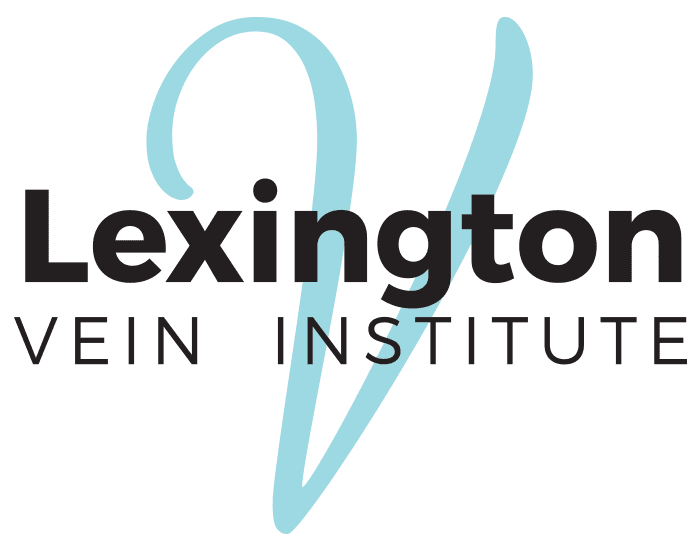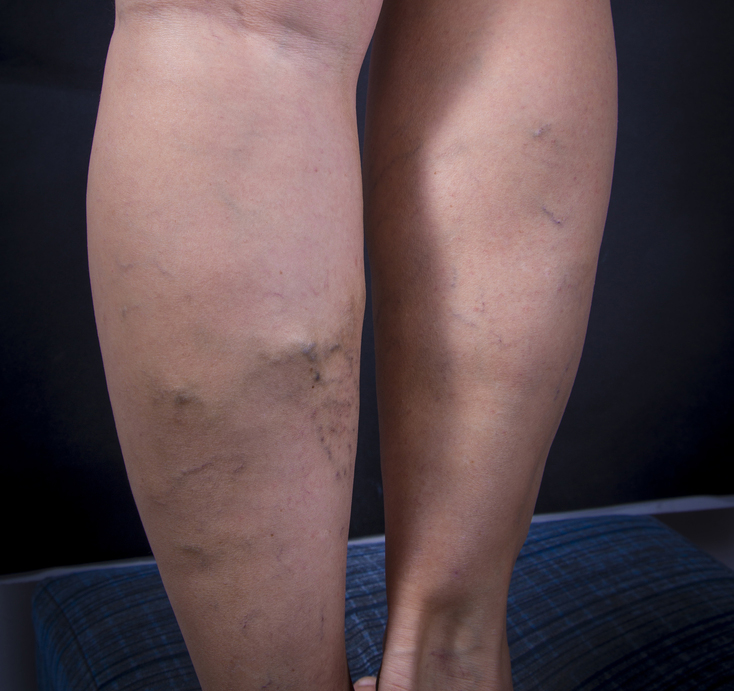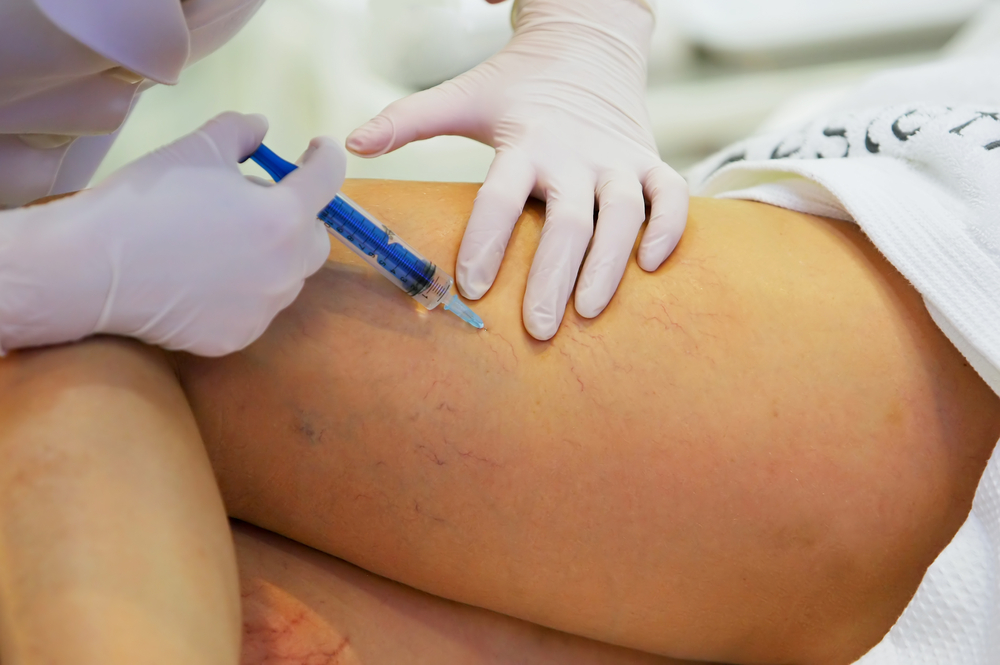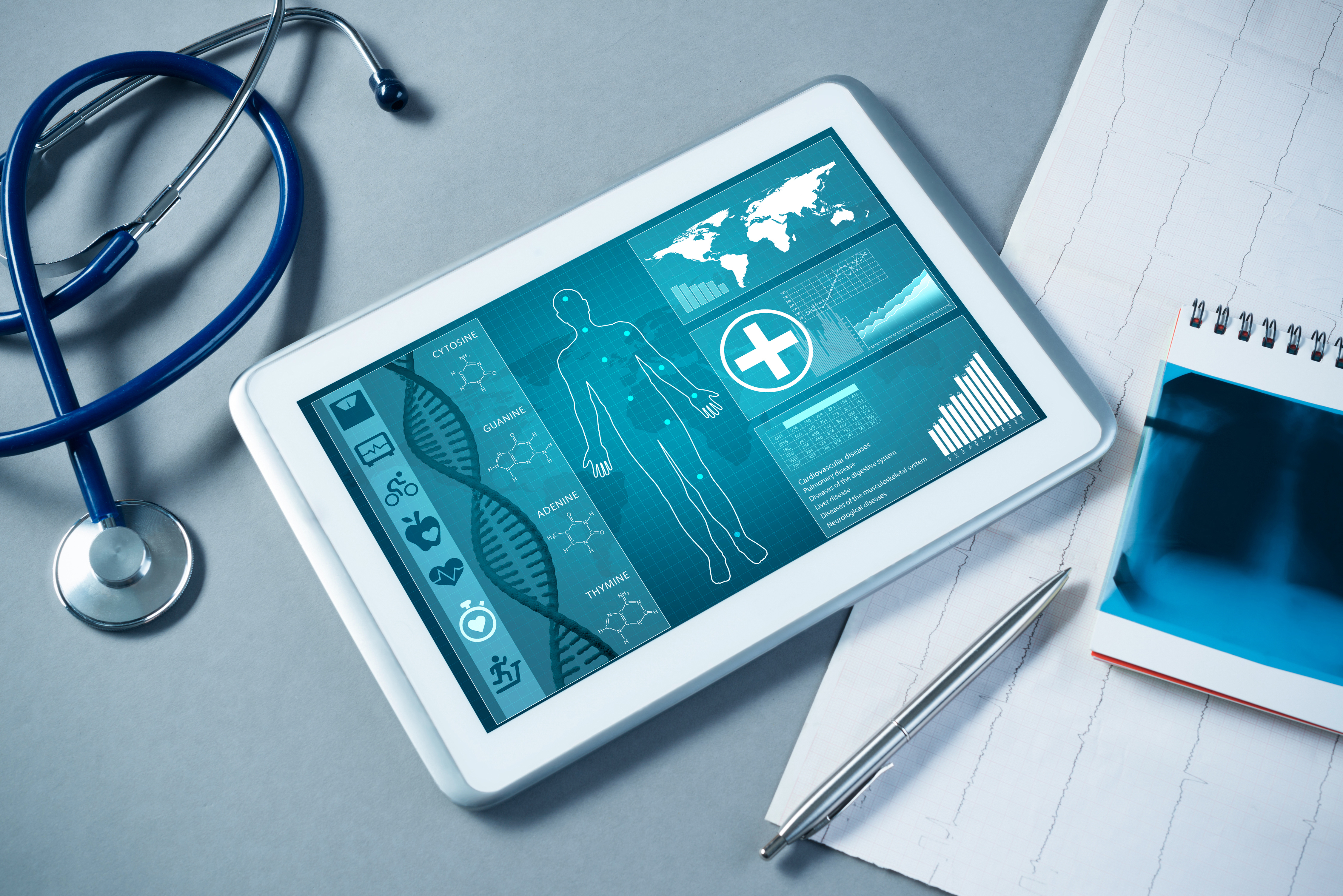VARICOSE VEINS TREATMENT IN LEXINGTON KENTUCKY
The Best Varicose Veins Specialist in Lexington, KY.
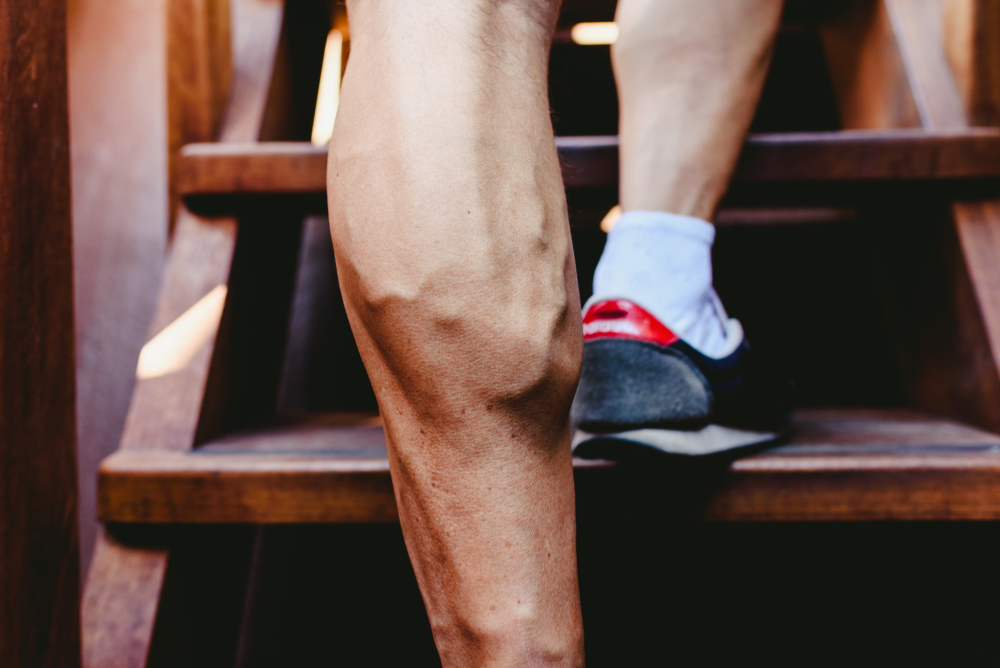
WHAT ARE VARICOSE VEINS?
Varicose veins usually announce themselves as bulging, bluish cords running just beneath the surface of your skin. They almost always affect legs and feet.
Visible swollen and twisted veins sometimes surrounded by patches of flooded capillaries known as spider veins are considered superficial ones.
Although they can be painful and disfiguring, they can cause no symptoms for a long time. However, with time most varicose veins will continue to get larger. They can also cause, pain, discomfort, ache, and heavy sensation in the legs. They can also bleed spontaneously or with minimal trauma and they can become inflamed a condition called Phlebitis
Besides a surface network of veins, legs have an interior, or deep, venous network. On rare occasions, an interior leg vein becomes varicose. Moreover, such deep varicose veins are usually not visible, but they can cause swelling or aching throughout the leg and maybe sites where blood clots can form.
FREQUENTLY ASKED QUESTIONS
WHAT CAUSES VARICOSE VEINS?
Varicose veins occur when veins aren’t functioning properly. In fact, veins have one-way valves to prevent blood from flowing backward and keep blood circulation healthy. However, when these valves fail, blood begins to collect in the veins rather than continuing toward the heart. Moreover, veins start to enlarge and they often affect the legs. The veins there are the farthest from the heart, and gravity makes it harder for the blood to flow upward.
- Genetics: People with family members who suffer from it are more likely to be diagnosed with varicose veins.
- Hormones: Hormonal birth control and hormonal treatments for menopause may increase the risk because estrogen can weaken vein valves.
- Age: The valves in blood vessels tend to get weaker over time. The calf muscles, which help support the veins in the legs and enable them to pump blood upward, may also lose some of their strength as a person ages.
- A previous blood clot or vein damage: This can damage the valves and make them unable to work properly.
- Pregnancy: Increased blood moving through the body in addition to the extra weight of the fetus places more pressure on leg veins during pregnancy. Some women notice that signs and symptoms disappear after pregnancy.
- Sitting or standing for a long period of time: Veins in the legs have to work harder to pump blood up toward the heart when a person remains in the same position for several hours at a time.
WHAT ARE THE SYMPTOMS?
The primary symptoms of varicose veins are highly visible, misshapen veins, usually on the legs. Patients may also have pain, swelling, heaviness, and achiness over or around the enlarged veins.
In some cases, patients can develop swelling and discoloration. In severe cases, the veins can bleed significantly, and ulcers can form.
DOES INSURANCES PAY FOR SCLEROTHERAPY OR VARICOSE VEINS TREATMENT?
Varicose veins are a medical condition that can have no symptoms for many years. However, when they become symptomatic they can cause pain, discomfort, leg fatigue, cramping, and other symptoms and complication. These complications can affect health, work, quality of life and interfere with adult daily living. Most insurance plans, including Medicare and Medicaid, will pay for procedures related to the treatment of symptomatic varicose veins, venous insufficiency, venous stasis ulcer, or bleeding varicose vein. They will not pay for the treatment of varicose veins that are not causing any symptoms or complications. They will also not cover the treatment for cosmetic spider veins.
Here at The Lexington Veins Institute, we will explain in detail all issues related to your proposed treatment plan. Then, we will differentiate for you what is covered by your health plan and what is considered “cosmetic” treatment and help you understand your options better.
VARICOSE VEINS TREATMENT OPTIONS
Dr. Fadi Bacha performs an EVLT to shrink and close the vein walls if the cause is a malfunctioning vein. Endovenous laser ablation is a treatment option that involves using a wavelength energy source to target the hemoglobin pigment in red blood cells.
Other procedures Dr. Bacha might also perform are phlebectomy at the same time or sclerotherapy at a later date. However, Dr. Bacha’s preferred method is sclerotherapy if there is no underlying damage.
Sclerotherapy
Sclerotherapy is a minimally invasive procedure that involves injecting chemicals, known as sclerosing agents, into damaged veins. In addition to diminishing the appearance of varicose or spider veins, sclerotherapy can also reduce swelling, pain or side effects caused by damaged veins.
Phlebectomy
Dr. Bacha uses phlebectomy as one of the treatments for varicose veins. Dr. Bacha makes a series of small incisions in the skin next to the enlarged vein and inserts a hook under the surface of the skin to remove the varicose vein.
EVLT
Endovenous Laser Ablation Therapy (EVLT) is a minimally invasive procedure that makes use of catheters, lasers, and ultrasound for varicose veins treatments. This procedure is performed most often on veins that are still relatively straight and untwisted.
Better Health Care is Our Mission
Have You Noticed Protruding Veins In Your Legs That Often Cause Pain Or A Burning Sensation? At Lexington Vein Institute In Lexington, Kentucky, Fadi Bacha, MD, Specializes In Finding Expert Solutions To Getting Rid Of Varicose Veins And Eliminating Pain.
